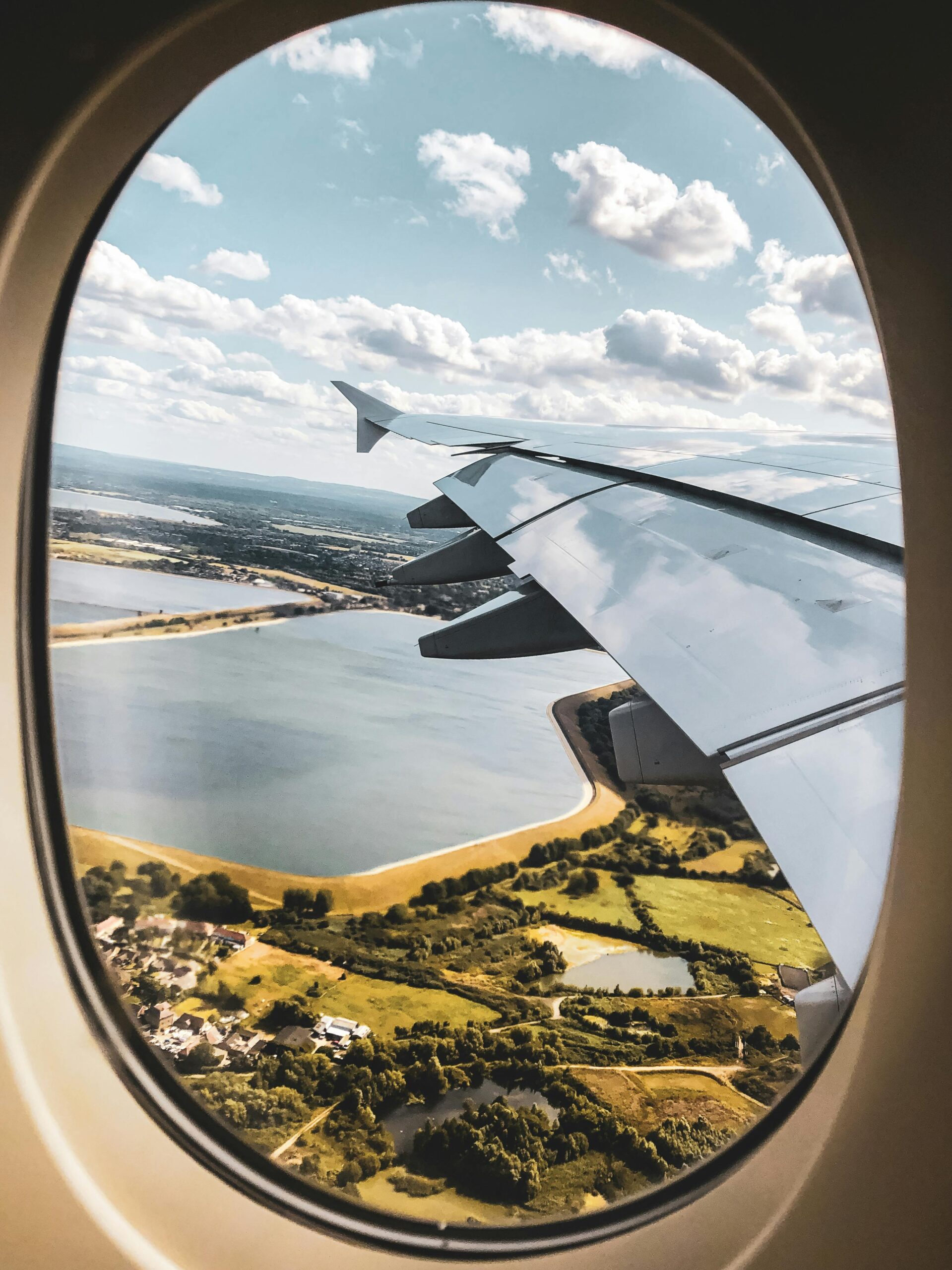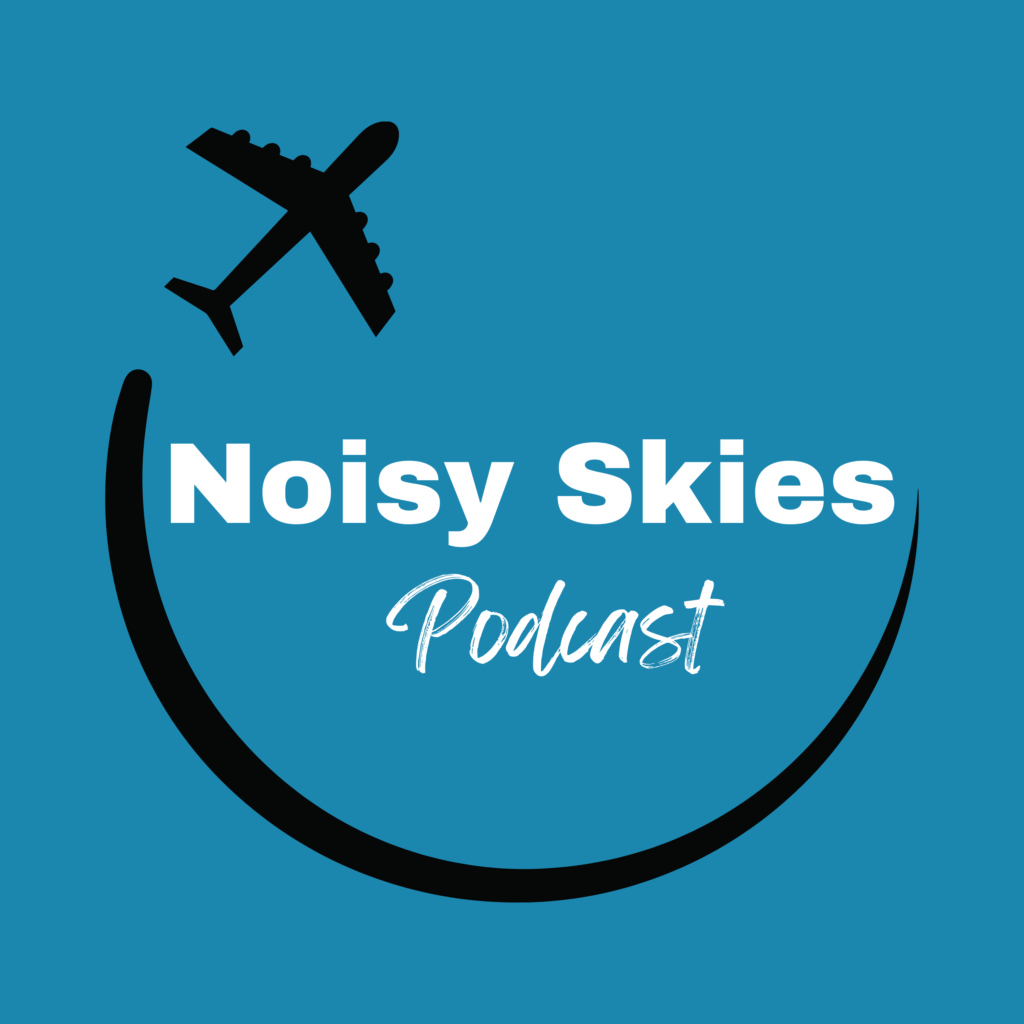Safety and Just Culture Are More Than Binders On A Bookshelf

Aviation is the most successful form of travel to get from Point A to Point B safely. In fact, most people take safety for granted—if they consider it at all. But that does not mean it is without significant risk—risk that is managed by thousands of skilled people operating some of the most complex systems and equipment ever invented.
How is it that risk is managed and why is the aviation system as safe as it is? Aviation is a highly regulated system of practices, procedures, and standards with personnel highly trained in specific areas. The system is under an almost constant microscope looking for areas that may increase risk. Unwanted events are reported, investigated and, when needed, corrective actions taken to prevent reoccurrences. The effectiveness of these investigations is based on a concept of “Just Culture”—where people are not punished for making an honest human mistake—and a holistic view of the factors that contributed to the event.
Safety is not intuitive and often requires a different vision to see it.
Fortunately, most of these events are minor and the attention to detail and corrective actions that are taken enhances overall risk management and subsequent safety. But the key remains the people operating the system. An environment where people are not afraid to report mistakes, where organizations conduct fair and unbiased investigations, and the system realizes that humans make unintended mistakes, allows us to maintain an exceptional level of safety in aviation.
Airport Noise Solutions Require Rethinking Old Paradigms

- Not all airport noise issues can be eliminated, but with creative and collaborative methods, mitigations can be found.
- The aviation industry is not the enemy. But ironically, the aviation industry—including the FAA—was so focused on safety and efficiency that they never thought about the ground. The challenge is to know how to integrate affected communities as stakeholders into local aviation matters.
- FAA, airlines, and airports achieved huge successes in flight safety over the past 30 years. These same skills now need to be focused on the challenges caused by sensitive noise issues.
- The key will be expert technical facilitation leading a collaborative effort in search of a consensus—not “win at all cost for our side.” Consensus means that everyone might be a little unhappy with the results, but everyone can live with the decision.
- Communities need to consider airlines as the businesses that allow you to visit family across the country at a reasonable cost. Meanwhile, airlines need to consider the sky is not theirs (in spite of Congressional language). The airspace you use for business belongs to a society of tax-paying citizens who are allowing you to use it—so treat them like customers, even if it means you might have to add a couple of minutes to your flight time. Consider it an investment in neighbors.

The Aloft Group believes that communities are important but often overlooked stakeholders, so that’s why we sponsor the Noisy Skies podcast as an educational resource for noise-impacted areas.
Images by Freepik, Tove Liu